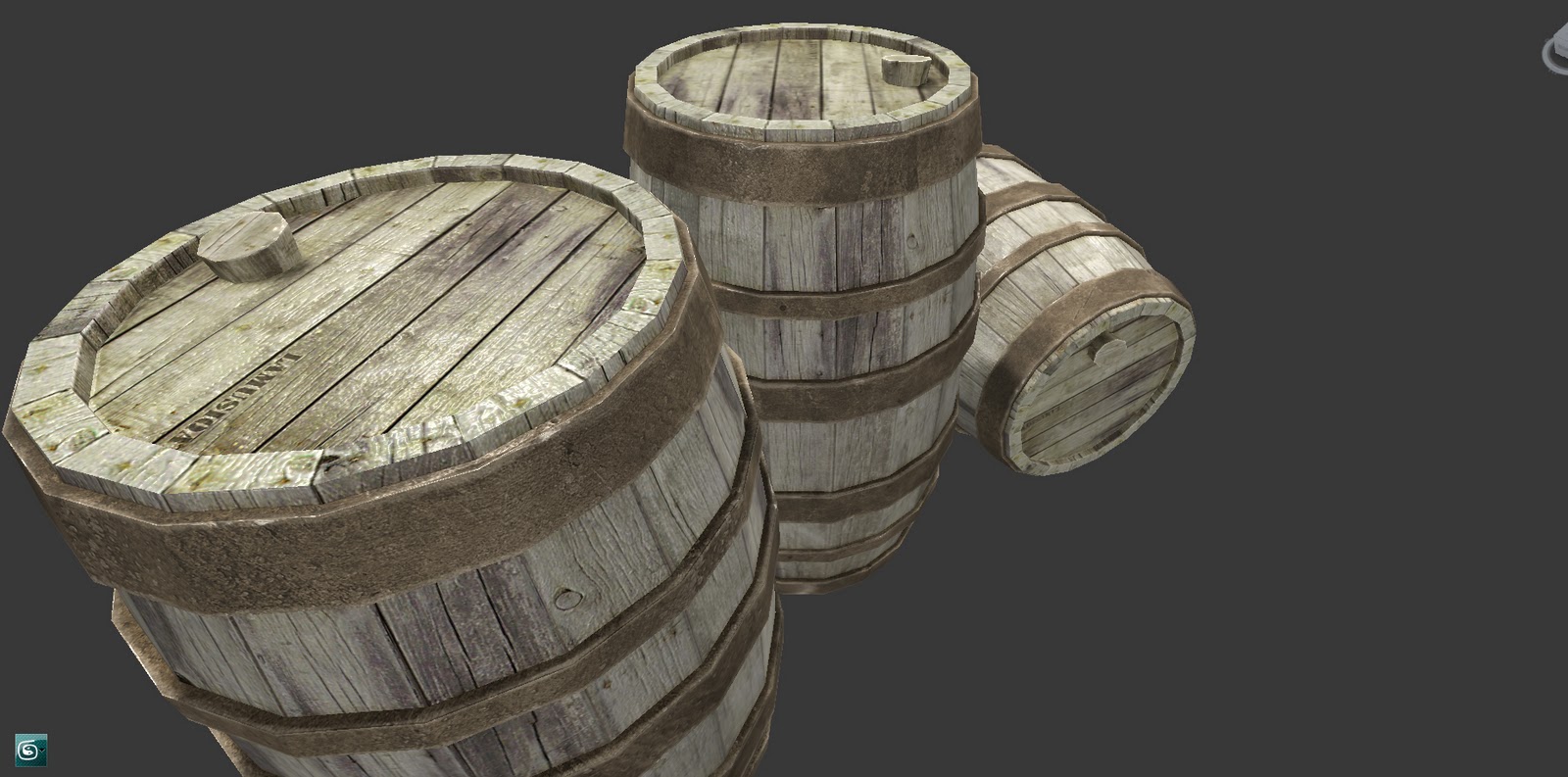

The pioneering work in dual photography shows one can exploit the second bounce to recover images of hidden objects. Recent work in Light Transport (LT) in optics, computer graphics and computer vision has shown ability to recover surprising geometric and photometric information about the scene from diffuse scattering. The result is an ability to extract 3D information for hidden objects which has hitherto been impractical. This is achieved by explicitly modelling the secondary and tertiary bounces from the unknown hidden objects and developing a mathematical framework based on sparse approximations and back projection to invert the effect of these secondary bounces. In this paper, we extend time of flight techniques to enable accurate and robust estimation of 3D geometry of hidden objects. Inspite of the potential for widespread impact, there are few techniques that directly address this problem. Such a technique, if developed could have several potential applications such as surveillance, search and rescue, car navigation and even medical applications such as endoscopy. While this simple technique is extremely effective for unoccluded scenes, the task of estimating 3D geometry of hidden objects (objects with no line of sight from both source and sensor) is significantly more involved. A collocated receiver computes the time of flight from which the distance to the obstacle can be readily calculated. The basic idea is that when a short duration pulse of light is transmitted in a particular direction, the pulse reflects isotropically from the first obstacle in that direction and returns back to the source location. IntroductionĮstimating the 3D geometry of scenes is a central problem in imaging and traditional time-of flight techniques are one of the most popular methods to achieve this. Using a 1D high speed time of flight camera, we show that our method can be used recover 3D shapes of objects “around the corner”. We show that a 2D streak camera can be used to discover and reconstruct hidden geometry. We study the invertibility, uniqueness and choices of space-time-angle dimensions using synthetic examples. We show that using Fresnel approximation greatly simplifies this problem and the inversion can be achieved via a backpropagation process. We formulate the forward and inverse theory of secondary scattering using ideas from energy front propagation and tomography. We analyze multi-bounce propagation of light in an unknown hidden volume and demonstrate that the reflected light contains sufficient information to recover the 3D structure of the hidden scene.




 0 kommentar(er)
0 kommentar(er)
